Earthenware, enamel.
20th century.
h. 7,9 in. (Horus vase) ; 4,7 in. (Duamutef, Qebehsenuef, Hapy and Imsety).
Modern set of canopic jars, named after the ancient city of Canopus, in the Nile delta ; Egyptologists have long believed that in Roman times, the god Osiris was worshiped in this city in the form of a wide-bodied jar crowned by a human head lid. They have since used the name of the city of Canopus to refer to funerary jars or vases whose shape resembled that of this idol.
The four small vases represent the four sons of Horus presiding over the protection of the body of the deceased (from left to right) : Duamutef, Qebehsenuef, Hapy and Imsety. The four jars are complemented by a larger one, which body is decorated with a hieroglyph depicting Horus, father of Duamutef, Qebehsenuef, Hapy and Imsety. It is probably inspired by the canopic vase of the scribe Amenwahsoe found at the temple of Ptah in Memphis.
The turquoise glaze on these vases faithfully reproduces the light-green Egyptian siliceous earthenware, which itself, thanks to a mixture of silica and copper oxides, imitates turquoise, a precious stone that gave its name to the eponymous color. Funerary statuettes in this style, in the same siliceous turquoise, are in the collections of many museums, including the Louvre, the British Museum, the Metropolitan Museum or the Bristol Museum.
Although the interest for Egyptian antiquities grew almost constantly from the Renaissance to the 20th century, this interest became a gained momentum at the end of the 19th century. It became almost a fever in the early 20th century : this was the time of the British occupation of Egypt, of the Egyptian Russian ballets in Paris, of the Nile cruises and the Steam Ship Sudan, of the discovery of Tutankhamen's tomb, of Tiphany’s Egyptian collections, of Tintin’s albums and Agatha Christie’s Death on the Nile.
This set of canopic jars belongs to this period, one of widespread (and not purely scholarly and historical) taste for Egypt.
Sources
Egyptomania. L'Egypte dans l'art occidental. 1730-1930, Paris, 1995.
Hermine Hartleben, Champollion. Sein Leben und sein Werk, Berlin, 1906.











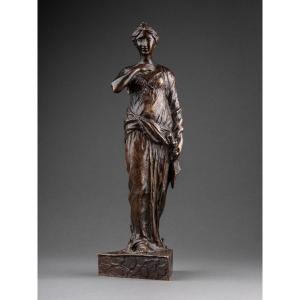
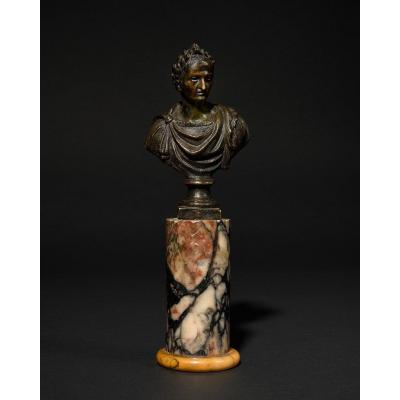


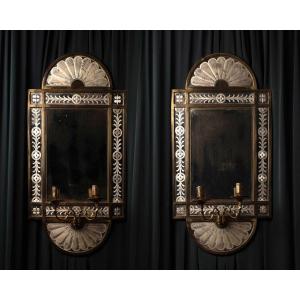

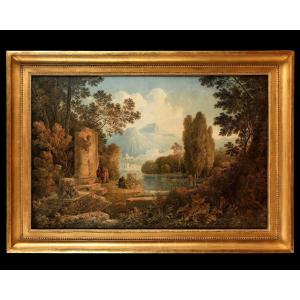

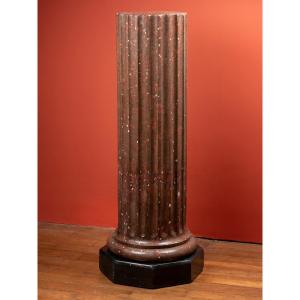


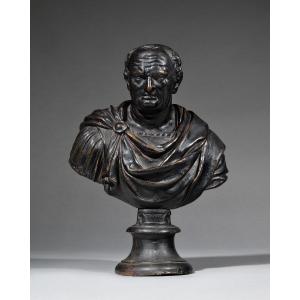


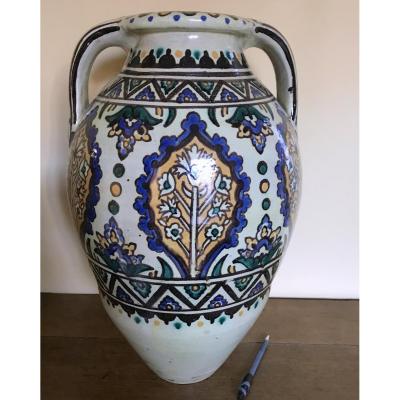


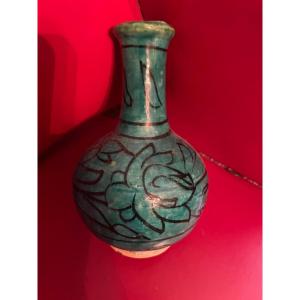




 Le Magazine de PROANTIC
Le Magazine de PROANTIC TRÉSORS Magazine
TRÉSORS Magazine Rivista Artiquariato
Rivista Artiquariato